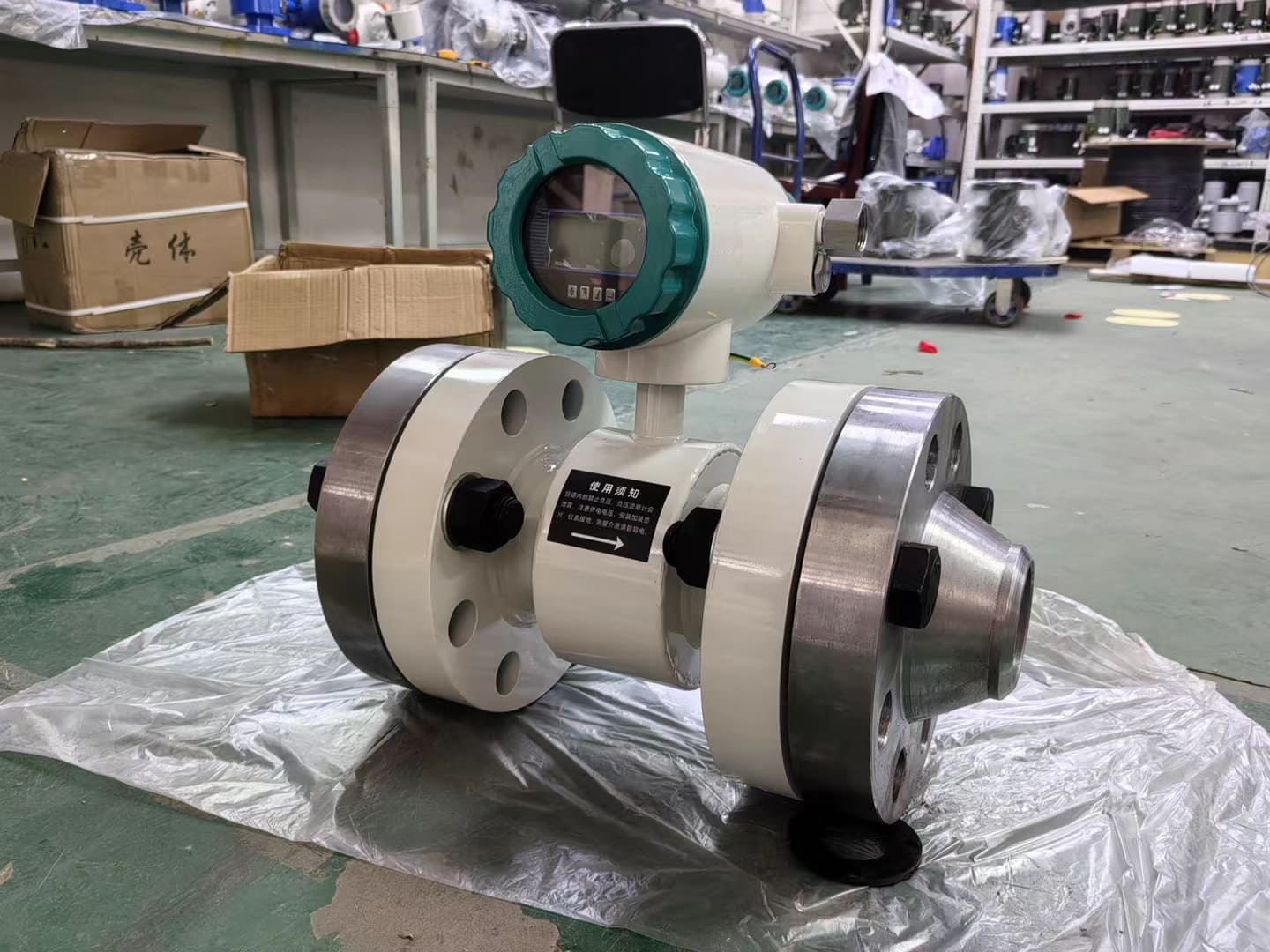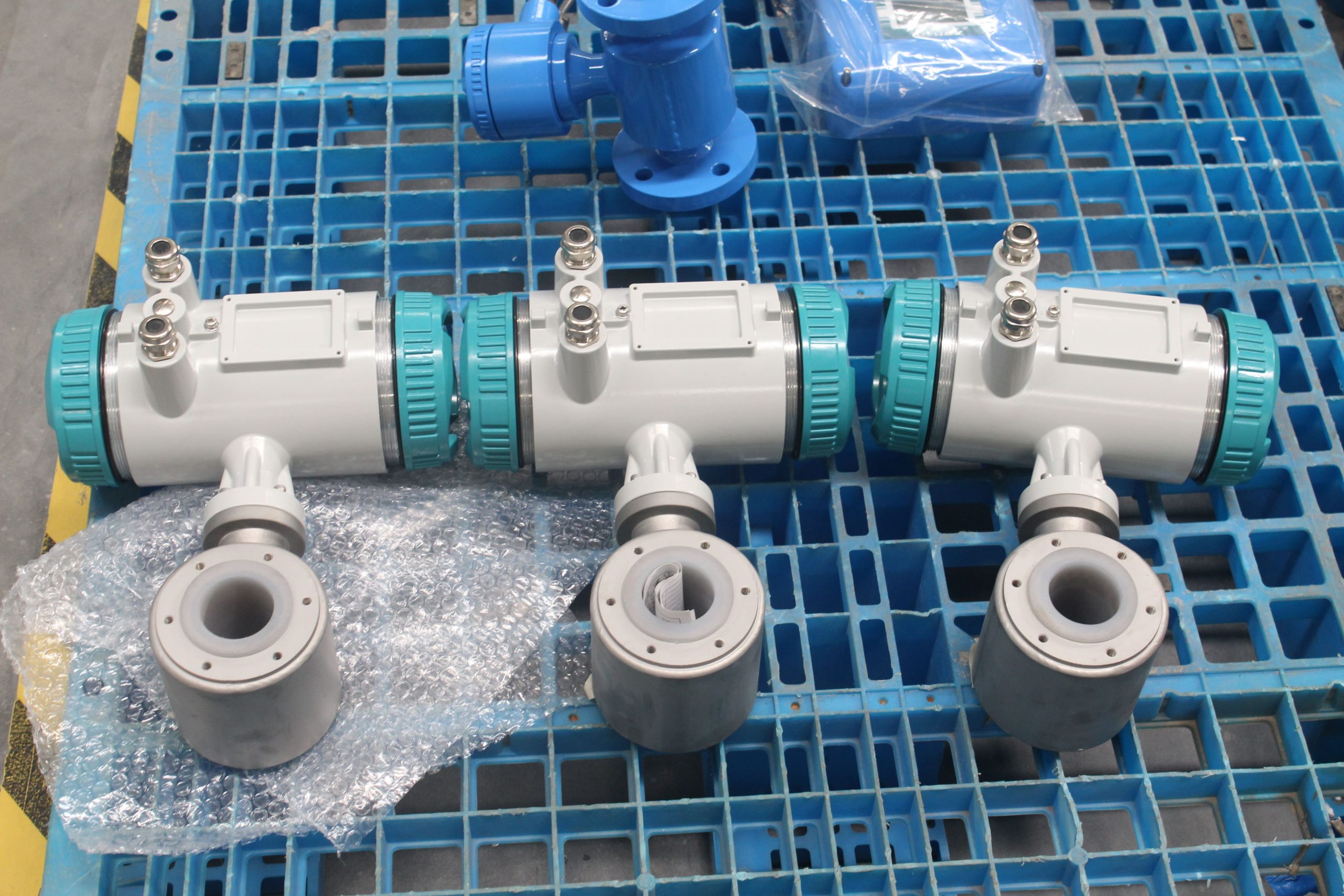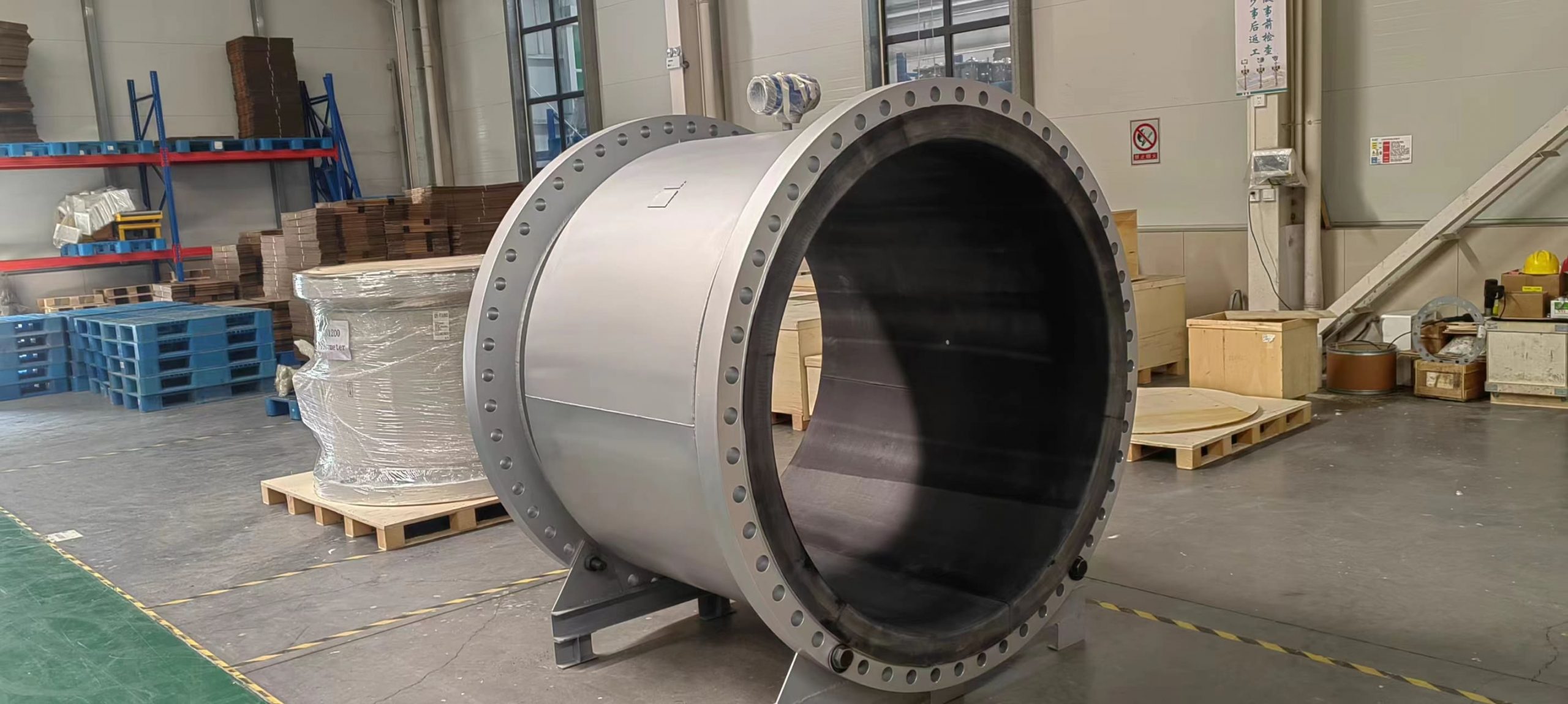Electromagnetic flowmeter signal problem
In the use of electromagnetic flowmeter measurement, we often have to consider how to deal with the problem of receiving no signal or signal is too weak, we should look for reasons from the following possible problems:
1, if the pipe is too close to the wall, the probe can be installed on the diameter of the pipe with a tilt Angle, rather than on the horizontal pipe diameter, the Z method should be used to install the probe.
2. Confirm whether the pipe is full of fluid.
3, carefully select the dense part of the pipeline and fully polish bright, apply sufficient lotus mixture to install the probe.
4. Carefully move each probe slowly near the installation point to find a larger signal point to prevent the installation point that can receive a stronger signal from being missed due to scaling on the inner wall of the pipeline or due to local deformation of the pipeline that causes the ultrasonic beam to reflect out the expected area.
5, the inner wall of the metal pipe serious scaling can be used to make the scaling part fall off or crack, but it should be noted that this method sometimes because of the gap between the scaling and the inner wall and does not help the transmission of ultrasonic.
The maintenance of the electromagnetic flowmeter should follow a certain order, so as to avoid entering the misunderstanding of maintenance, causing unnecessary delays and losses. Electromagnetic flowmeter maintenance in the end what steps to carry out is the better method?
What is the benefit of the maintenance of the electromagnetic flowmeter, which is what we should consider as the instrument workers using electromagnetic flowmeters, good quality electromagnetic flowmeters generally do not need daily maintenance, but if the measured medium is easy to adhere to or scale the inner wall of the electrode and the measuring tube, it is necessary to regularly clean the inner wall of the measuring tube and the electrode, taking care not to damage the lining and the electrode.
If your electromagnetic flowmeter fails, Aister recommends that you can refer to the following order one by one to find, analyze the cause, troubleshoot.
First, measure whether the medium in the tube is full, and whether there is scale on the lining and electrode; Whether all cable connections are reliable;
Second, whether the grounding requirements are met; Whether the excitation coil is short-circuited or disconnected, and whether it is insulated to the ground;
Third, whether the medium in the pipe system leaks, whether the upstream and downstream valves are affected, and whether the installation position is appropriate;
Fourth, whether the surrounding environment interferes with the flow meter; The converter is faulty. In addition, regarding the period of re-inspection of the electromagnetic flowmeter, it is recommended that the electromagnetic flowmeter be overhauled every two years, and users with higher accuracy requirements should be inspected annually.


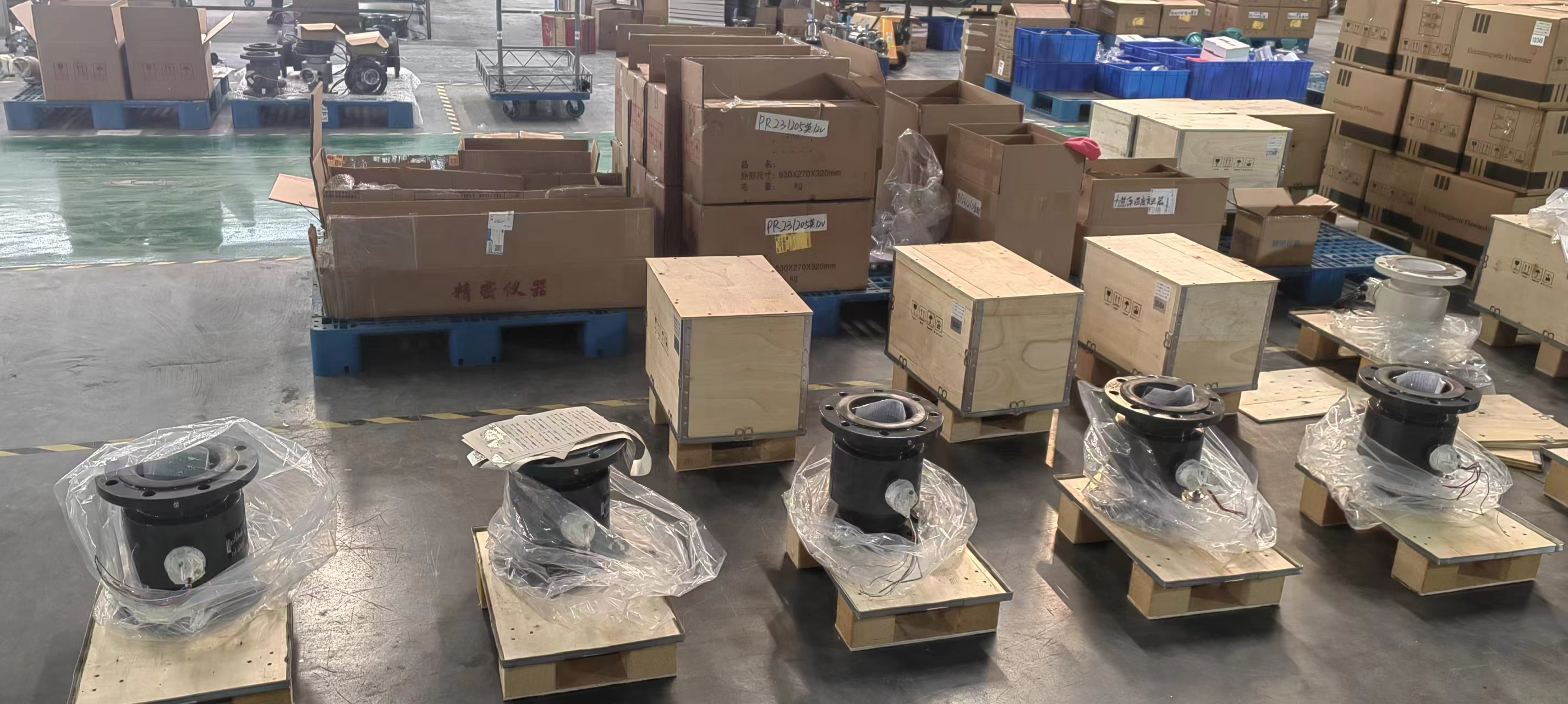
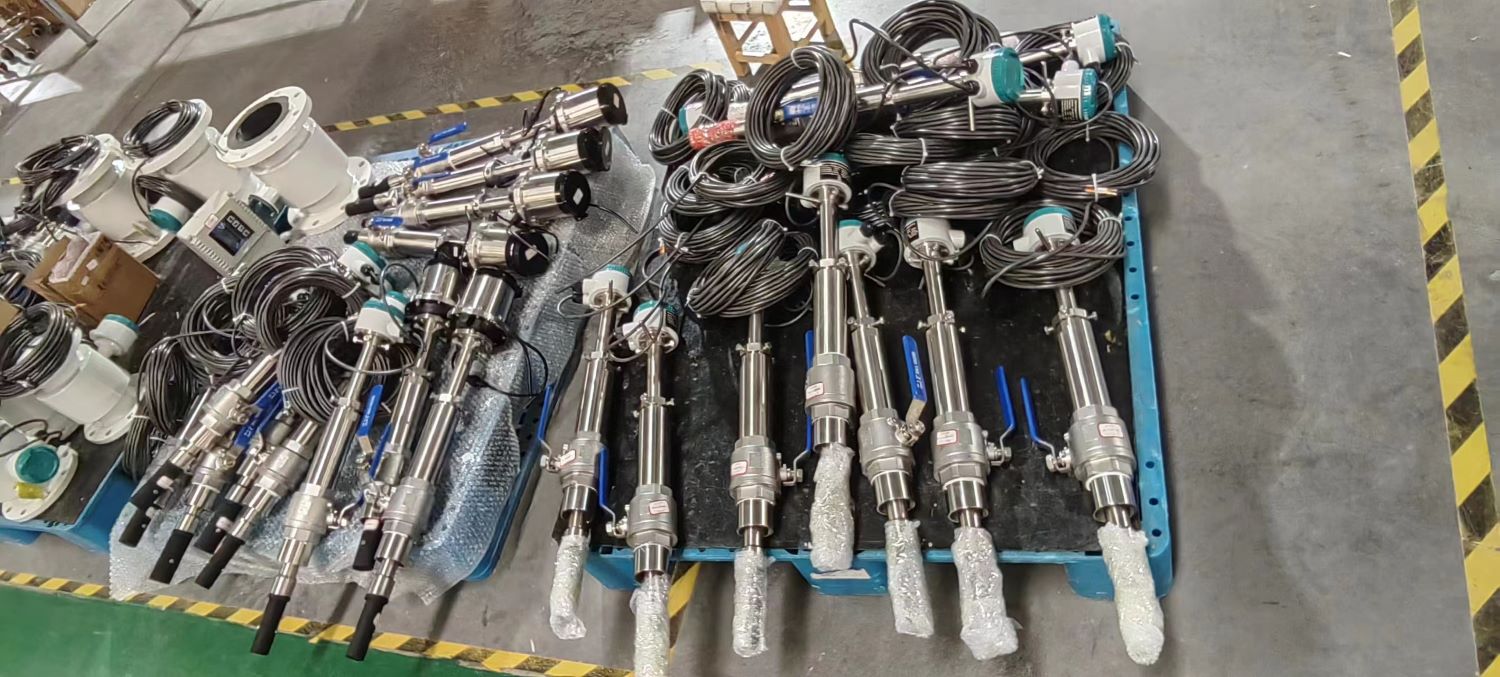
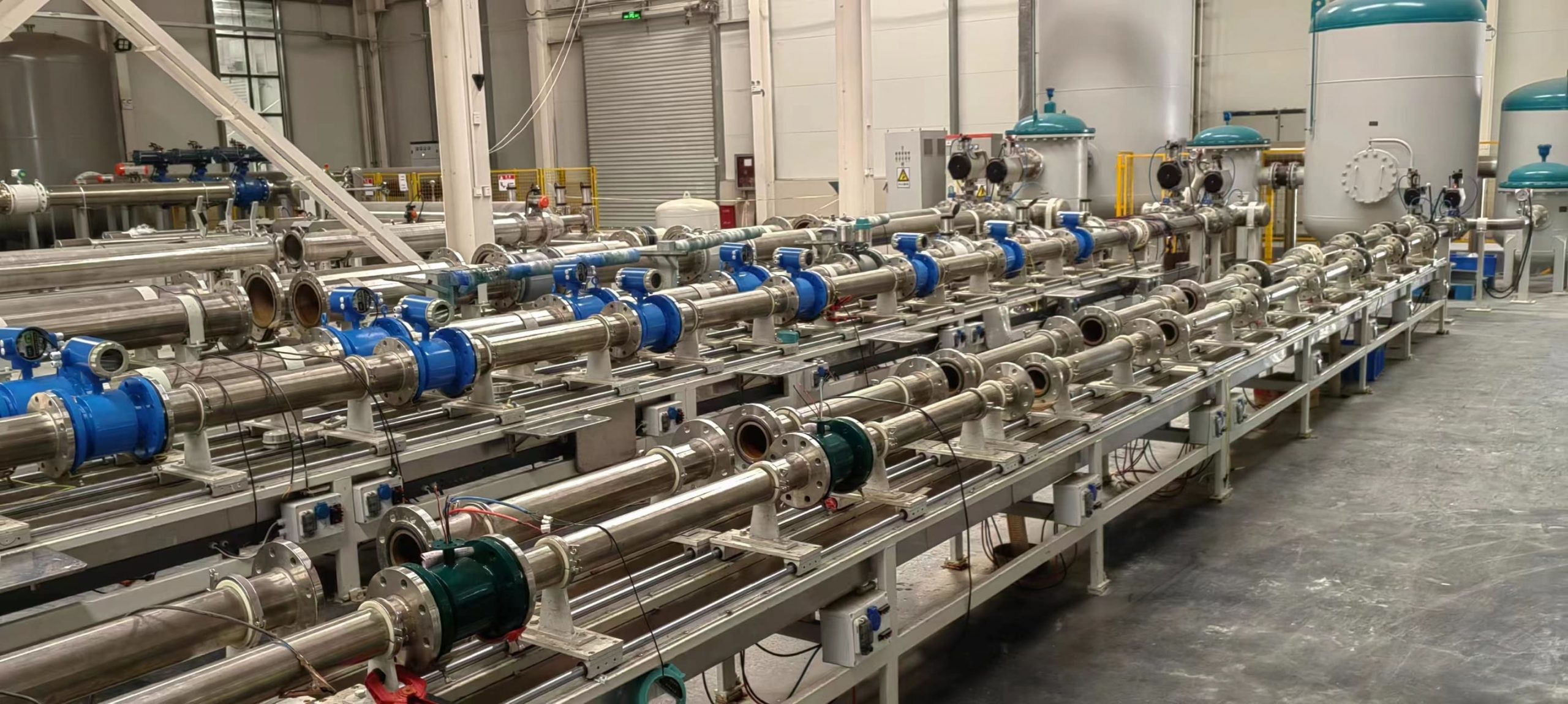
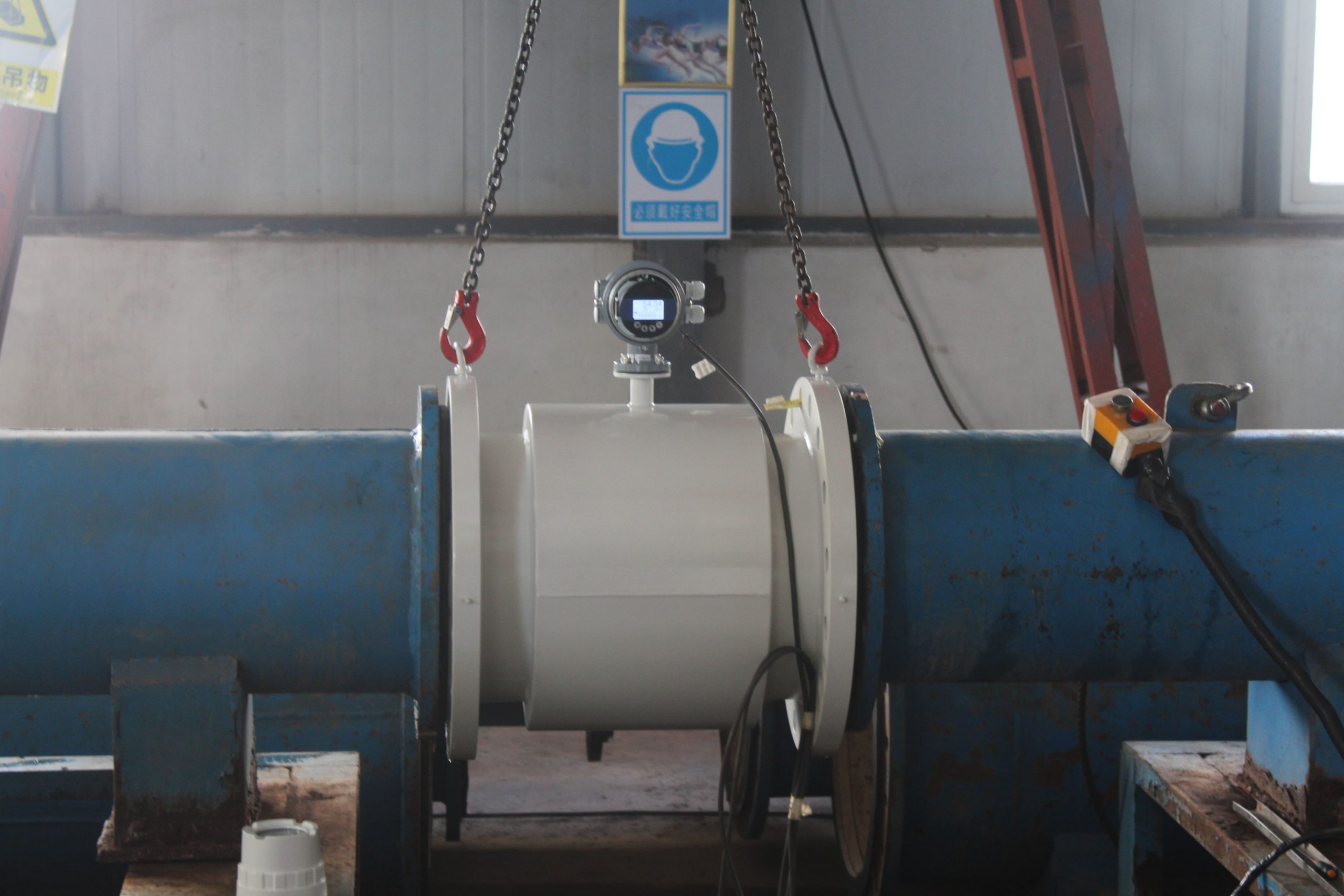
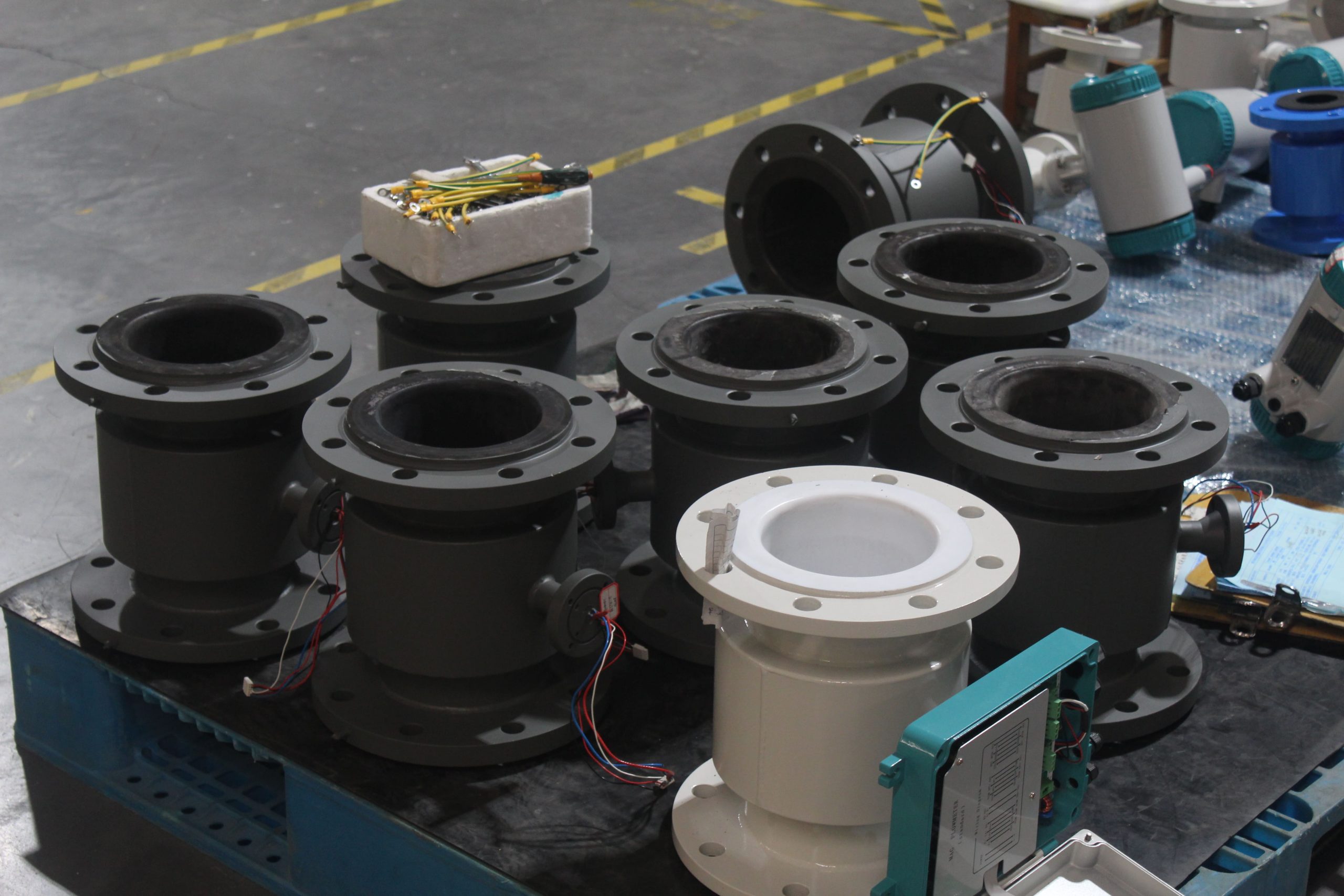
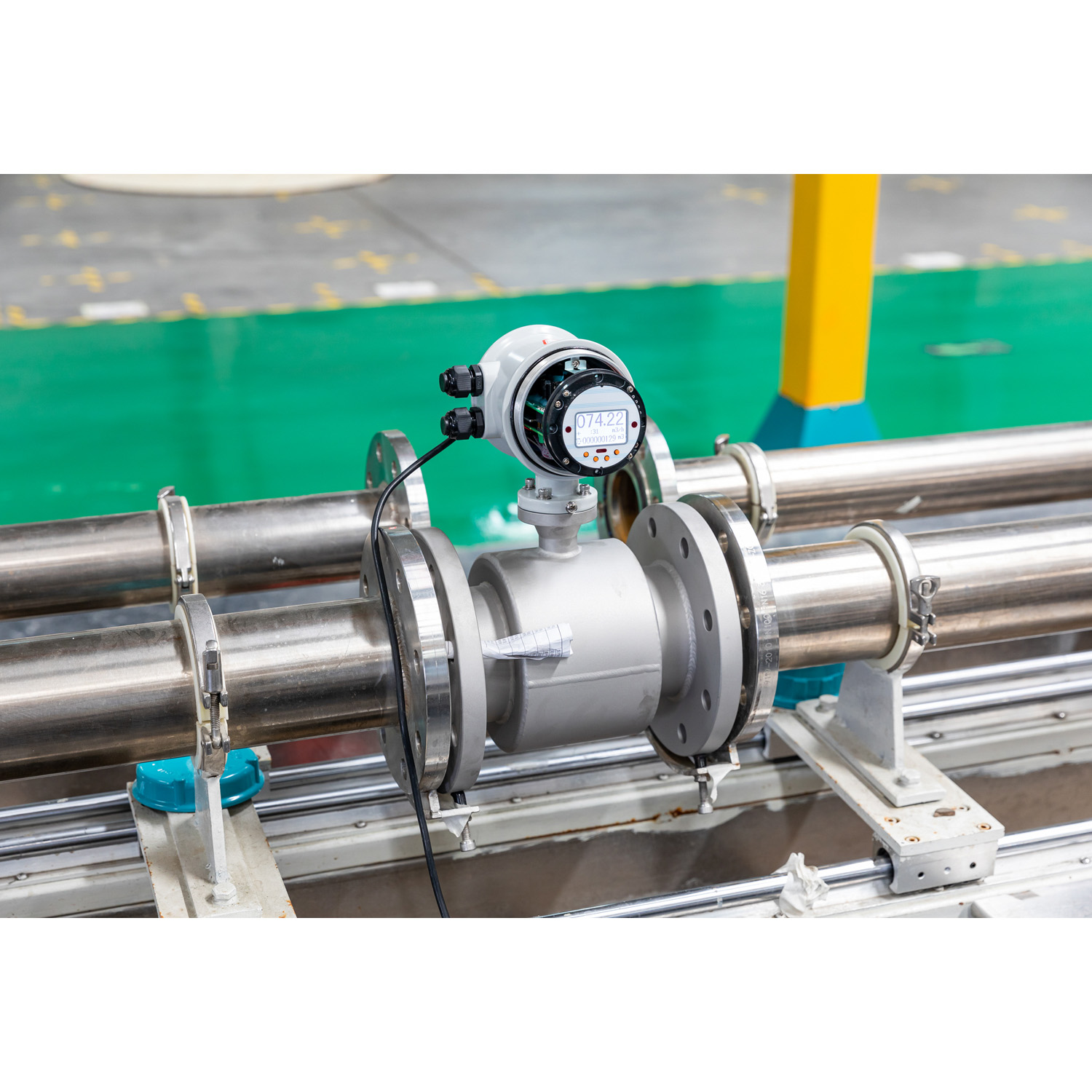
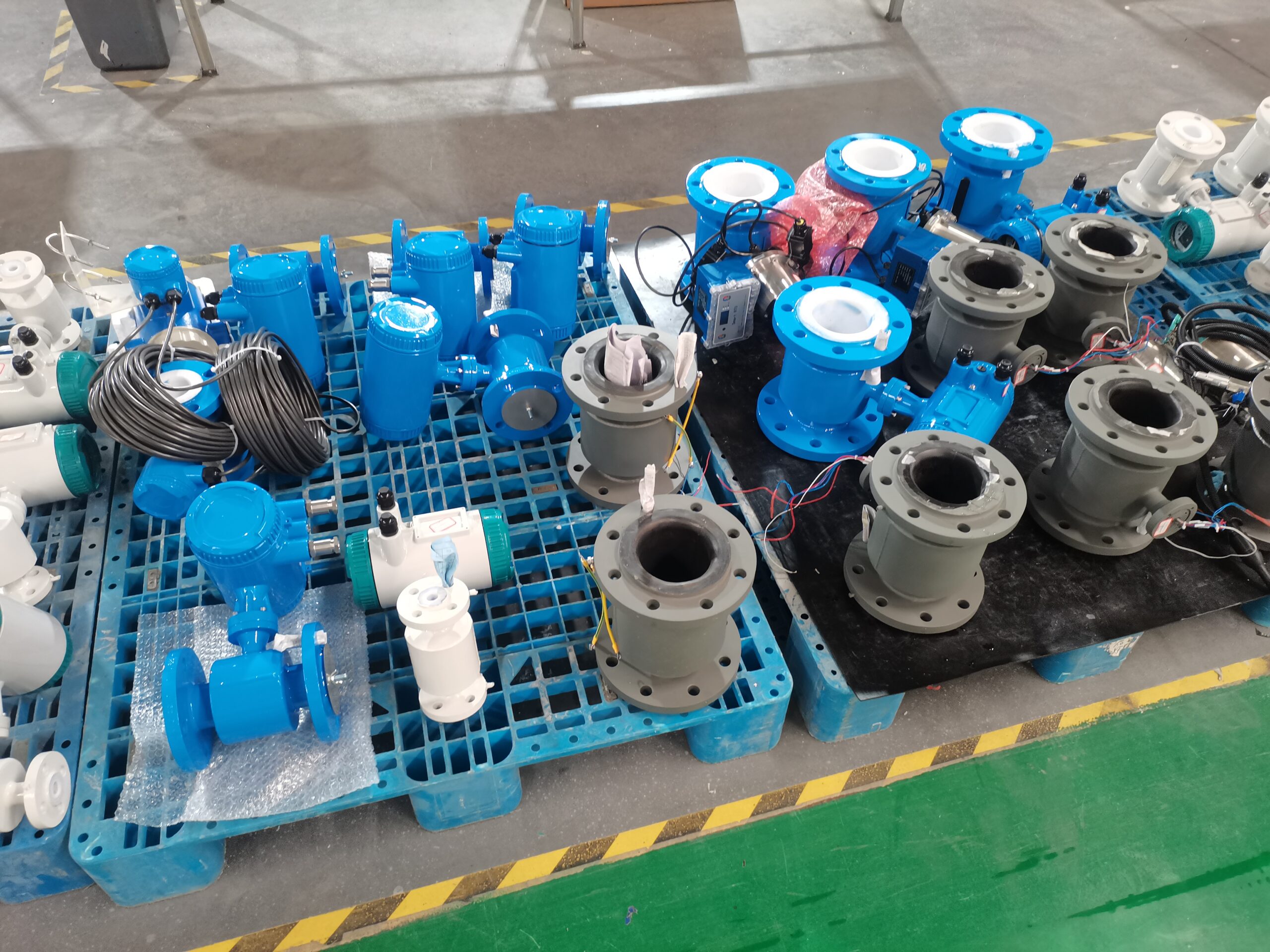
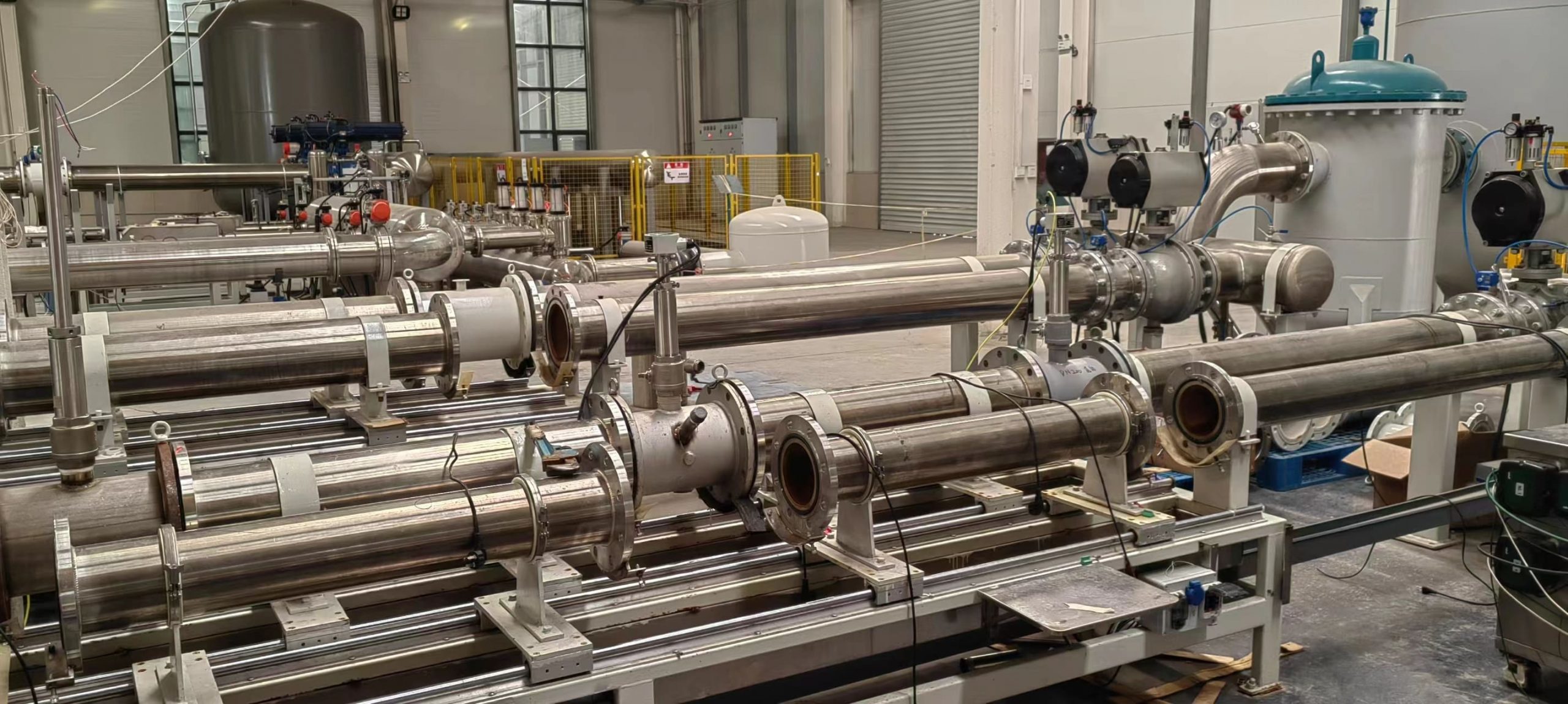
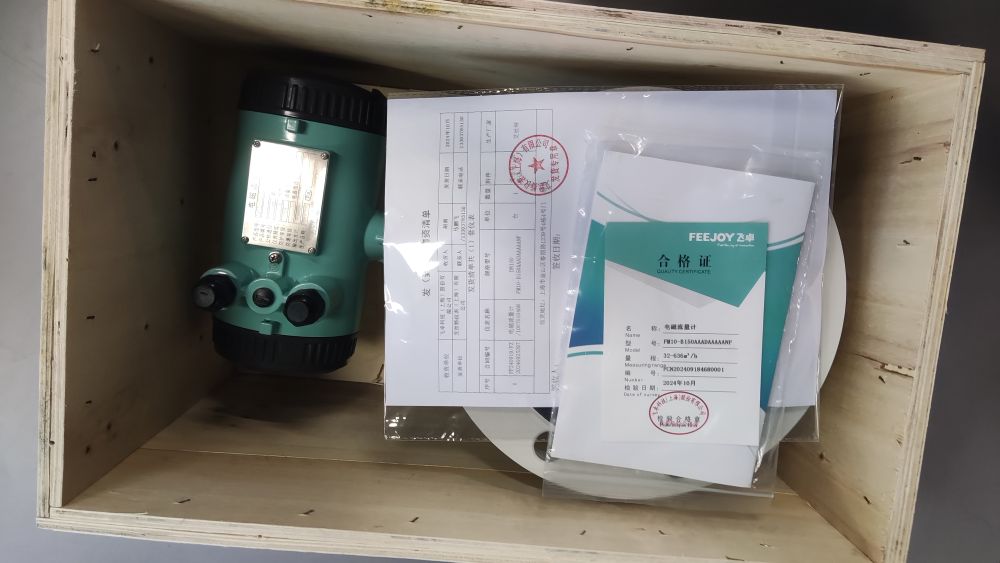
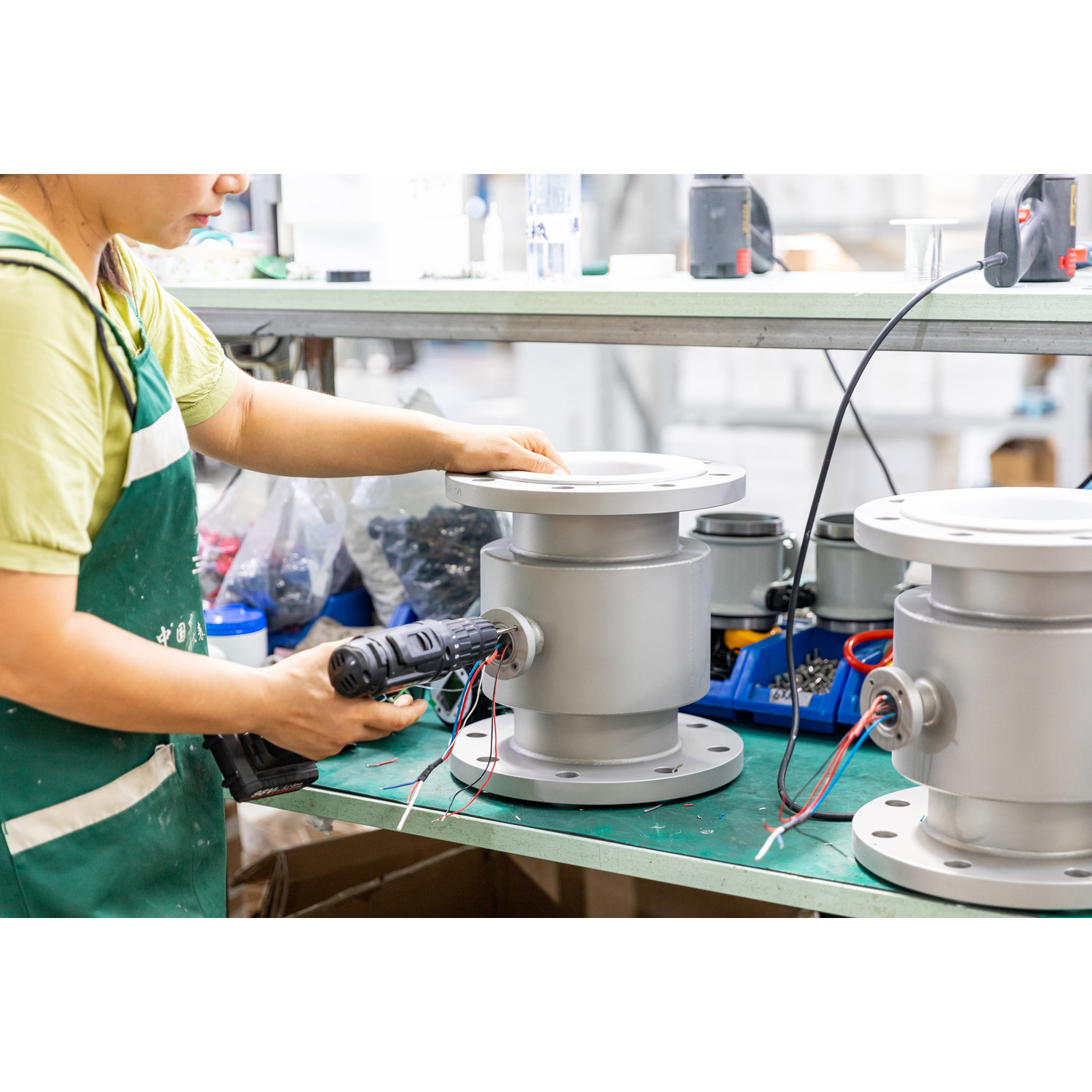
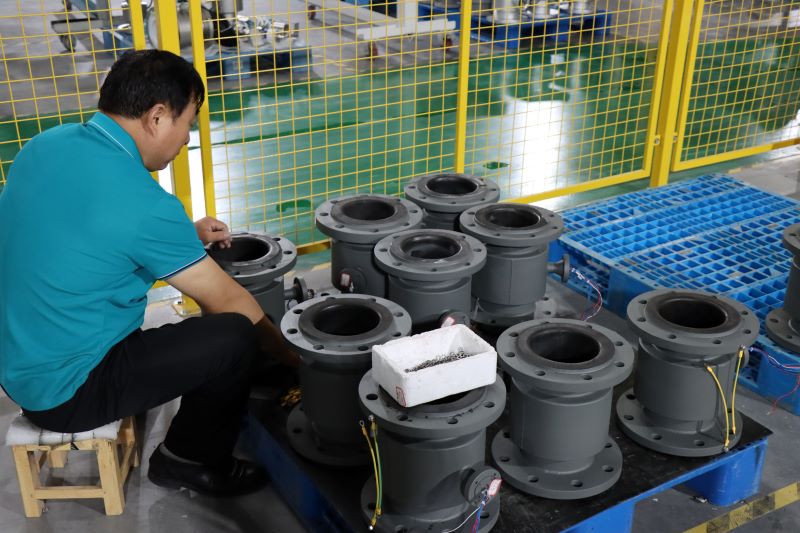
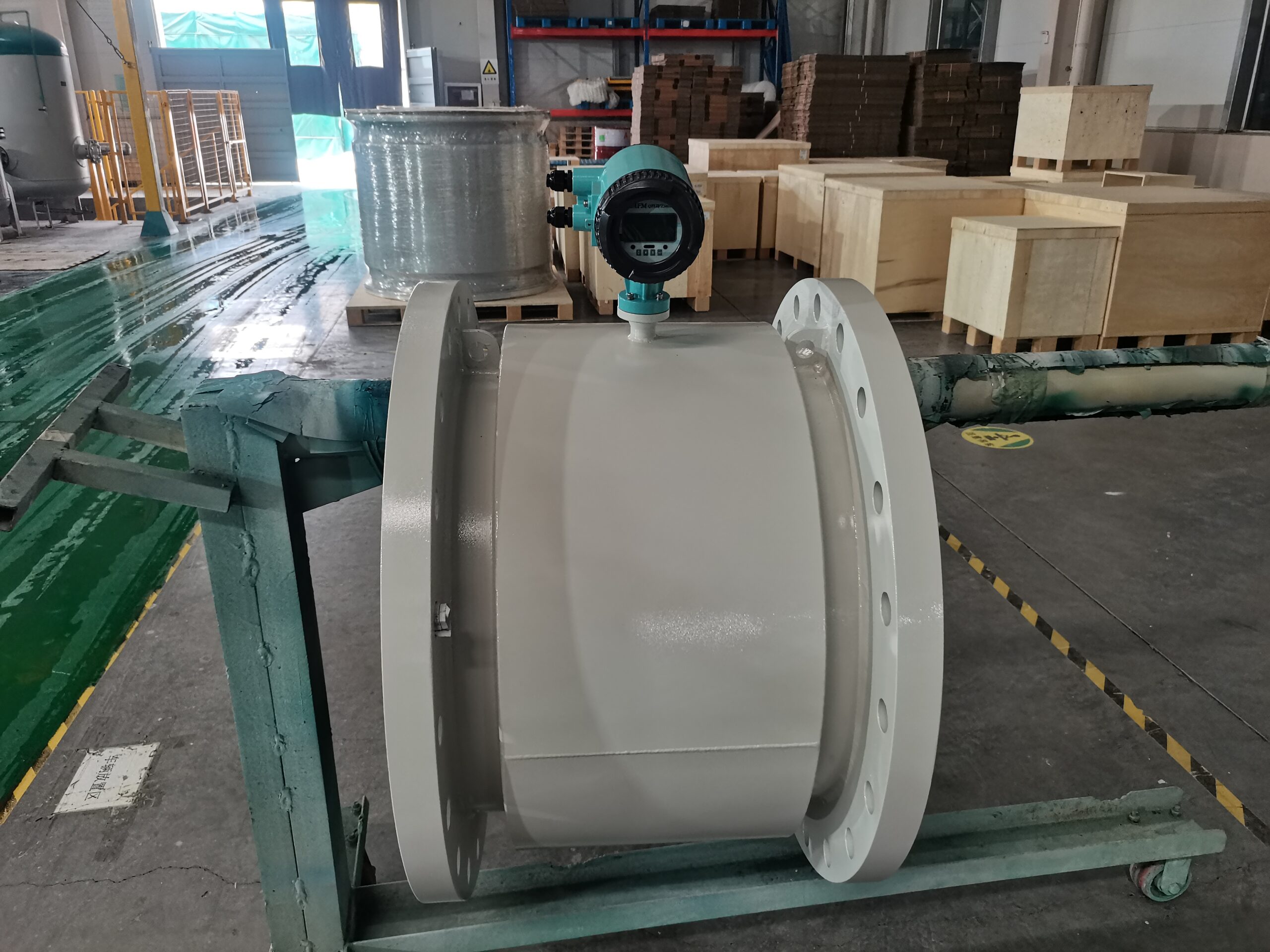
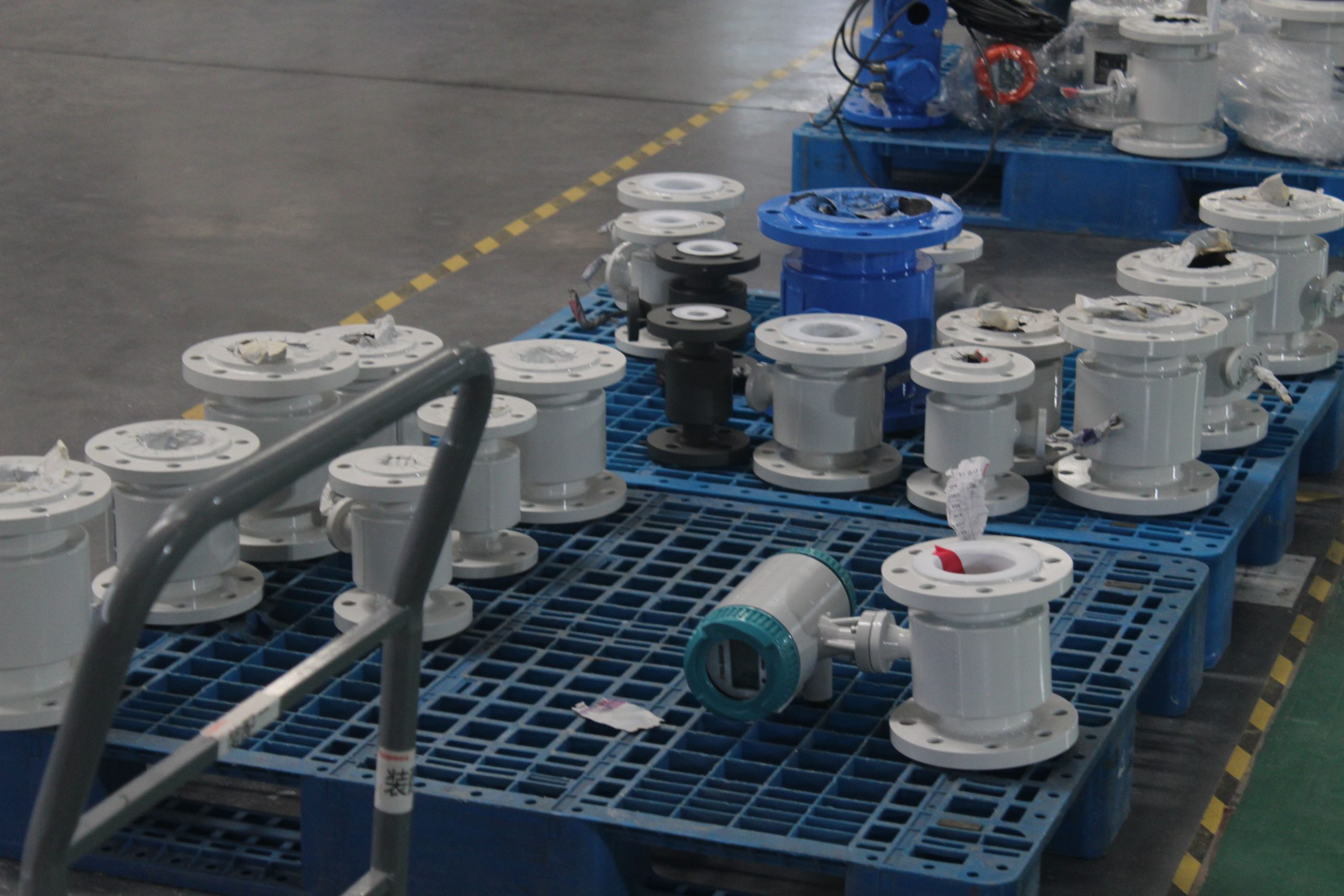
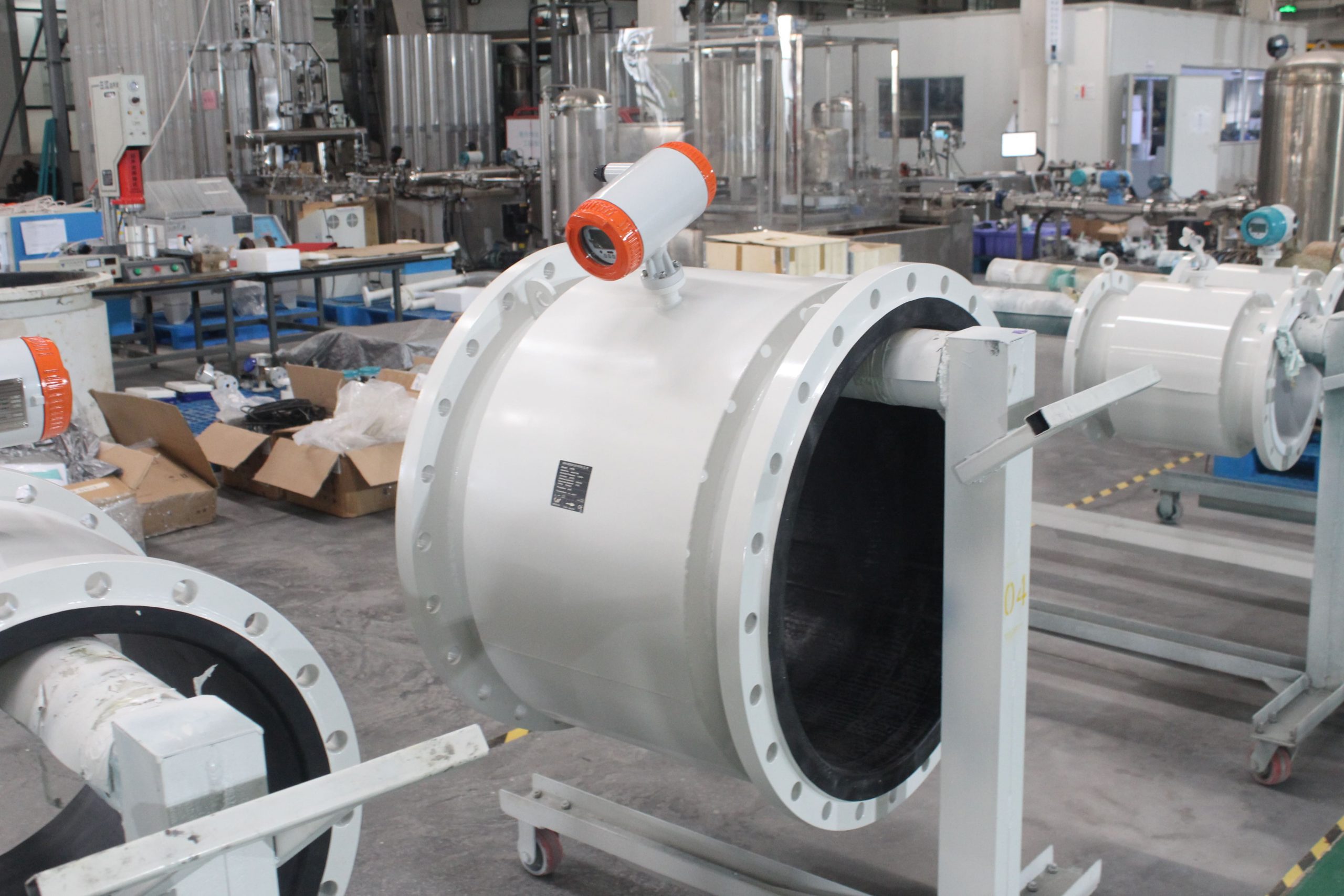
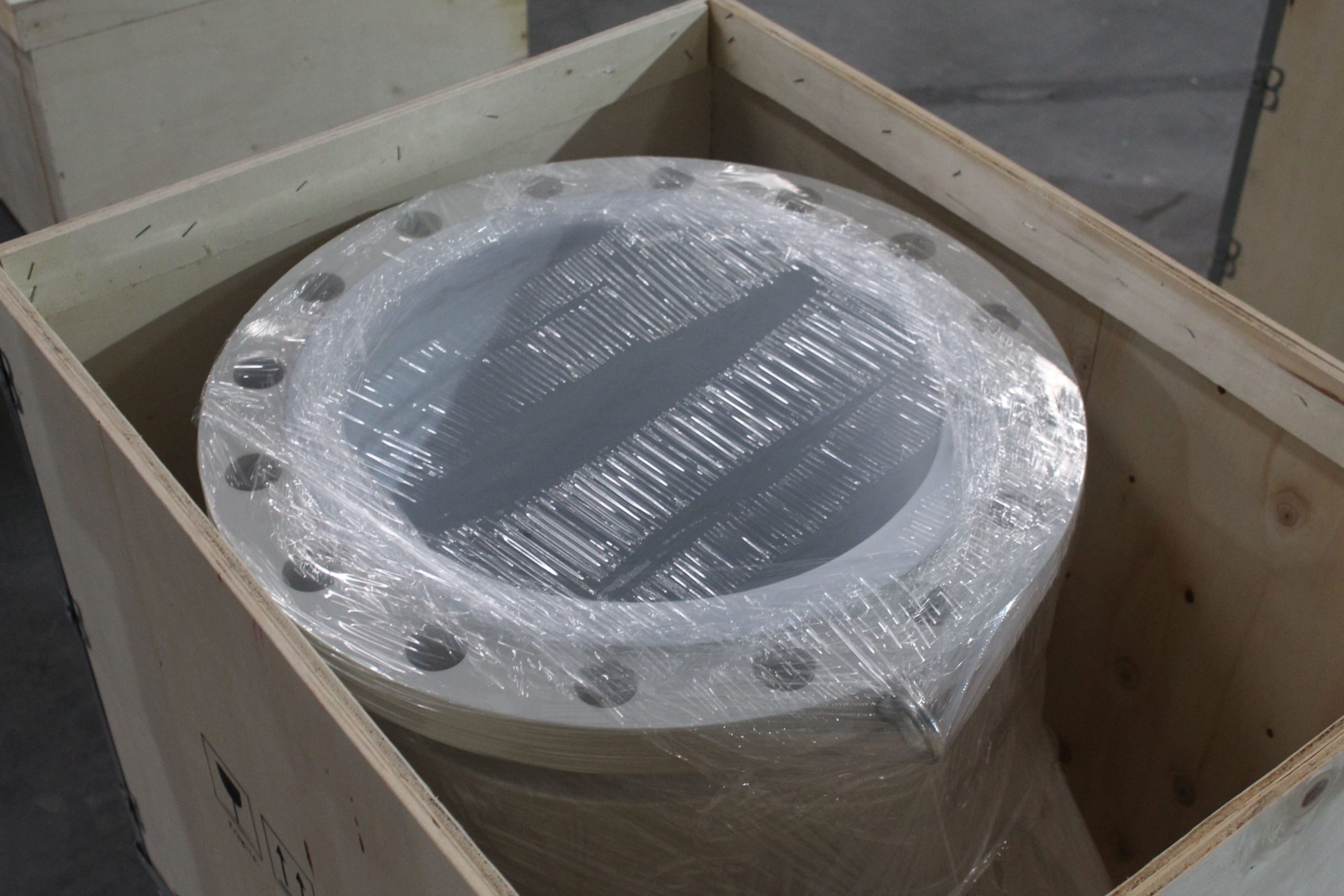
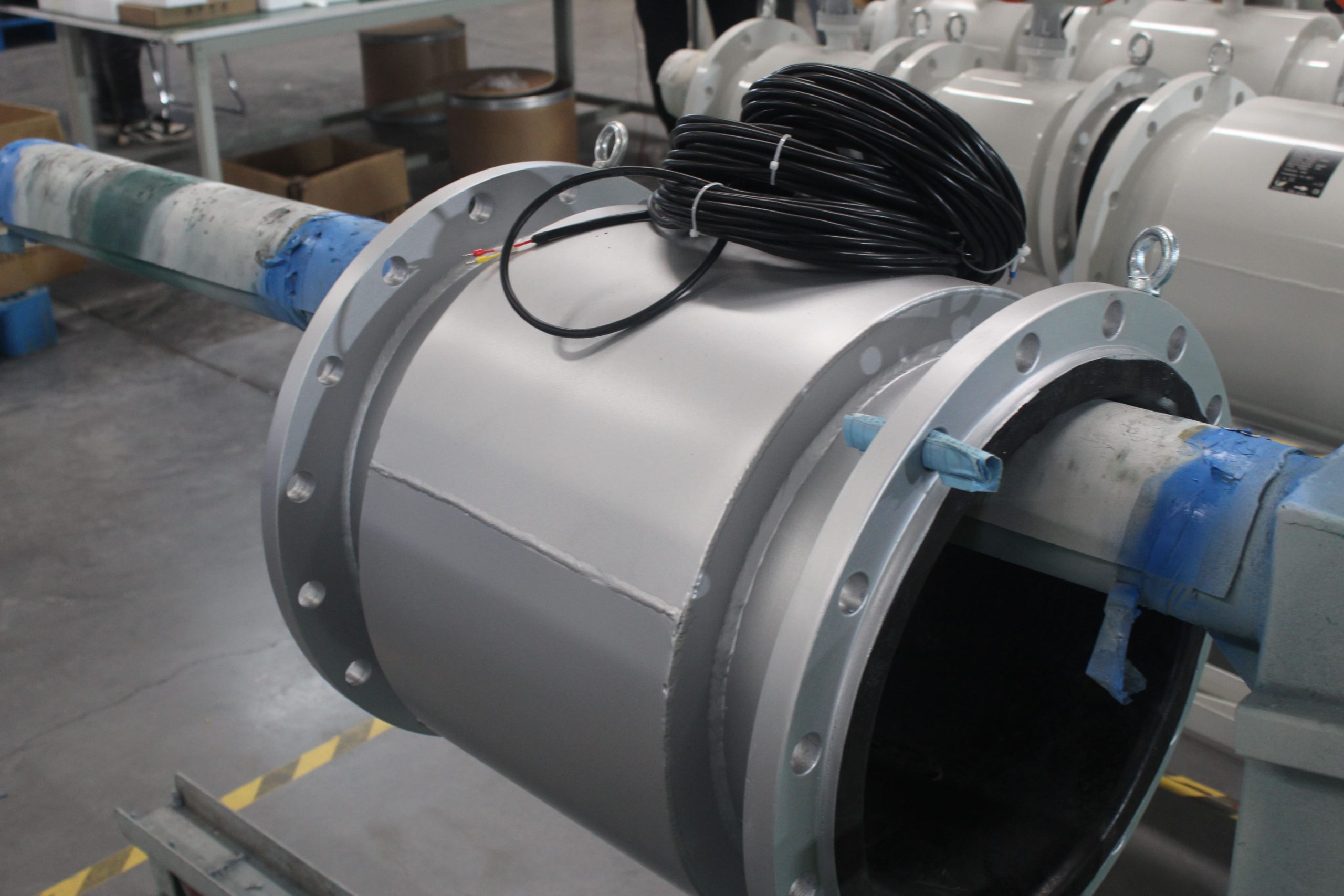
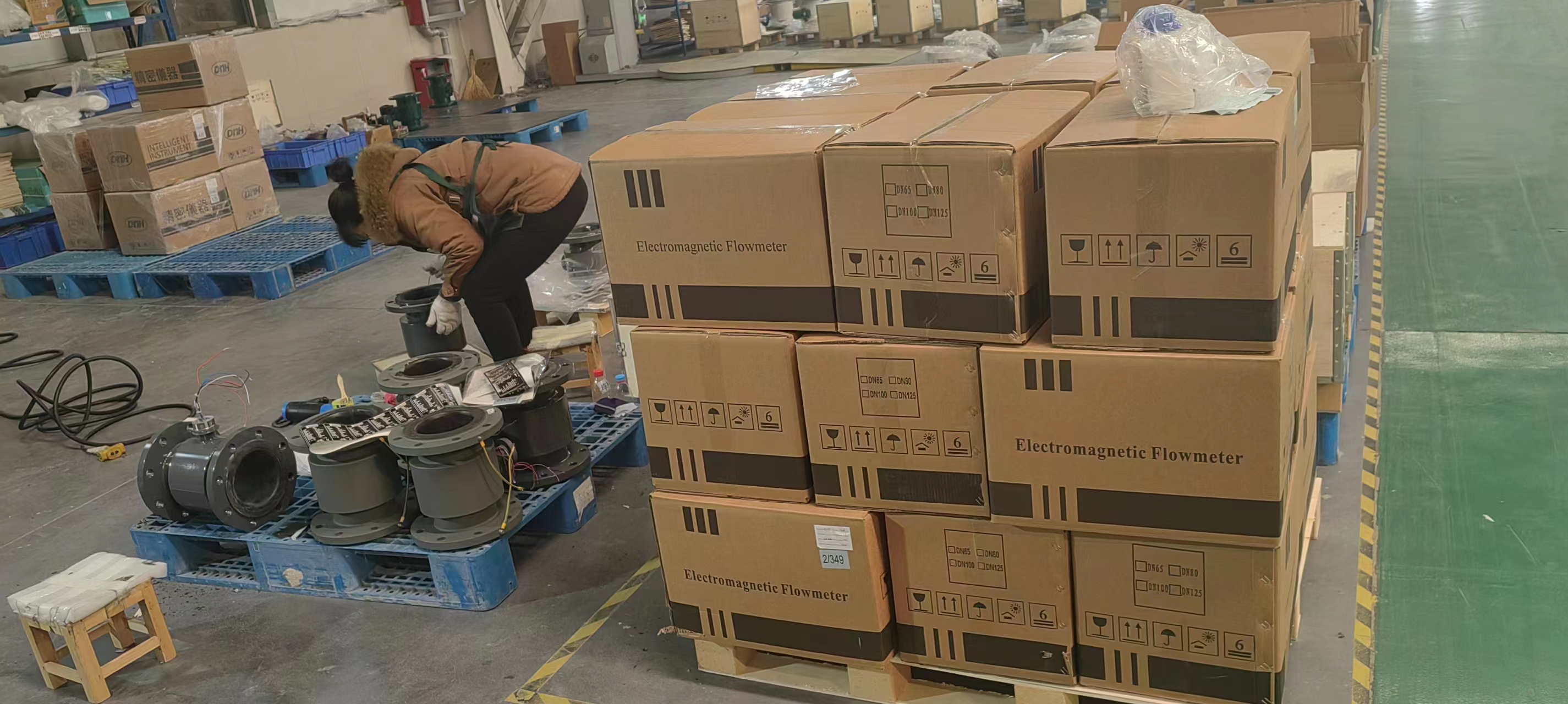
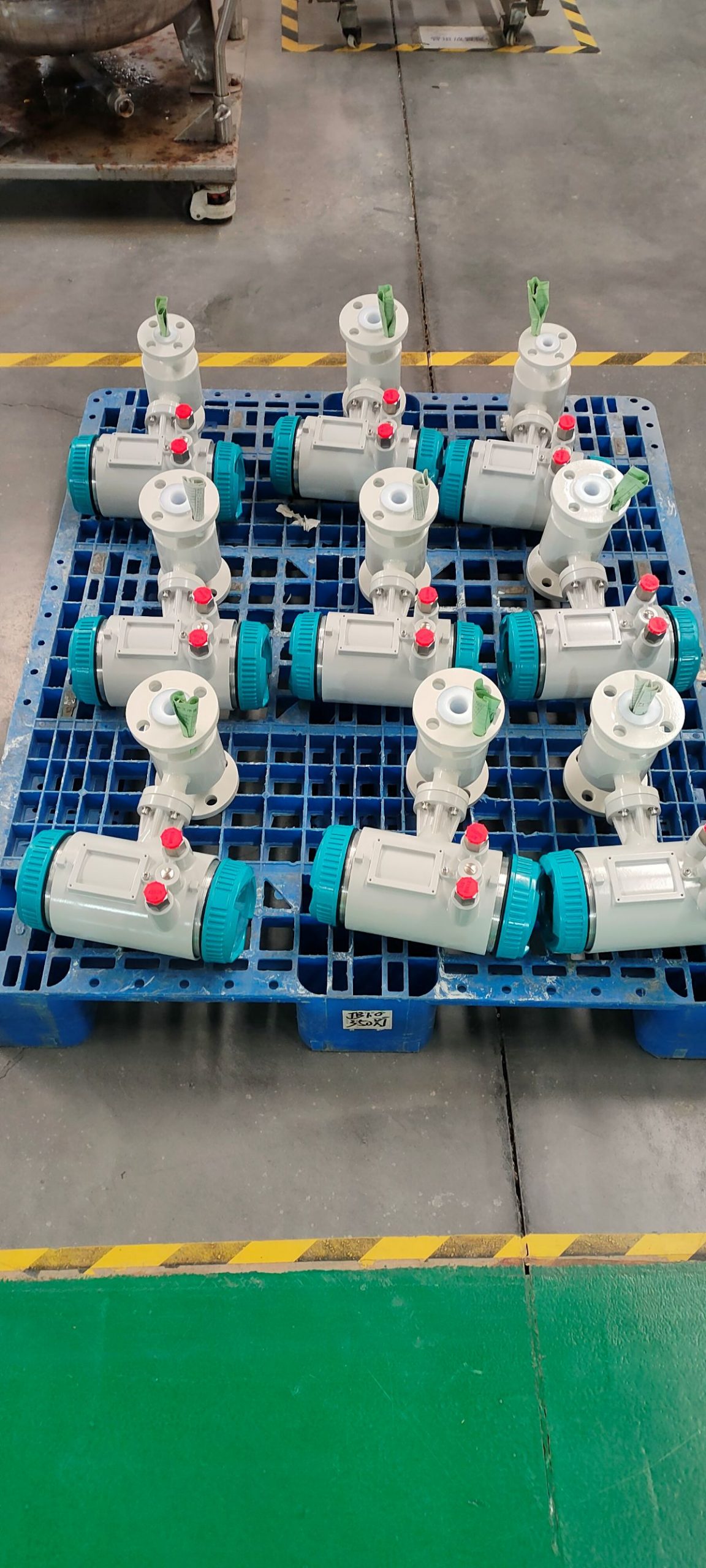
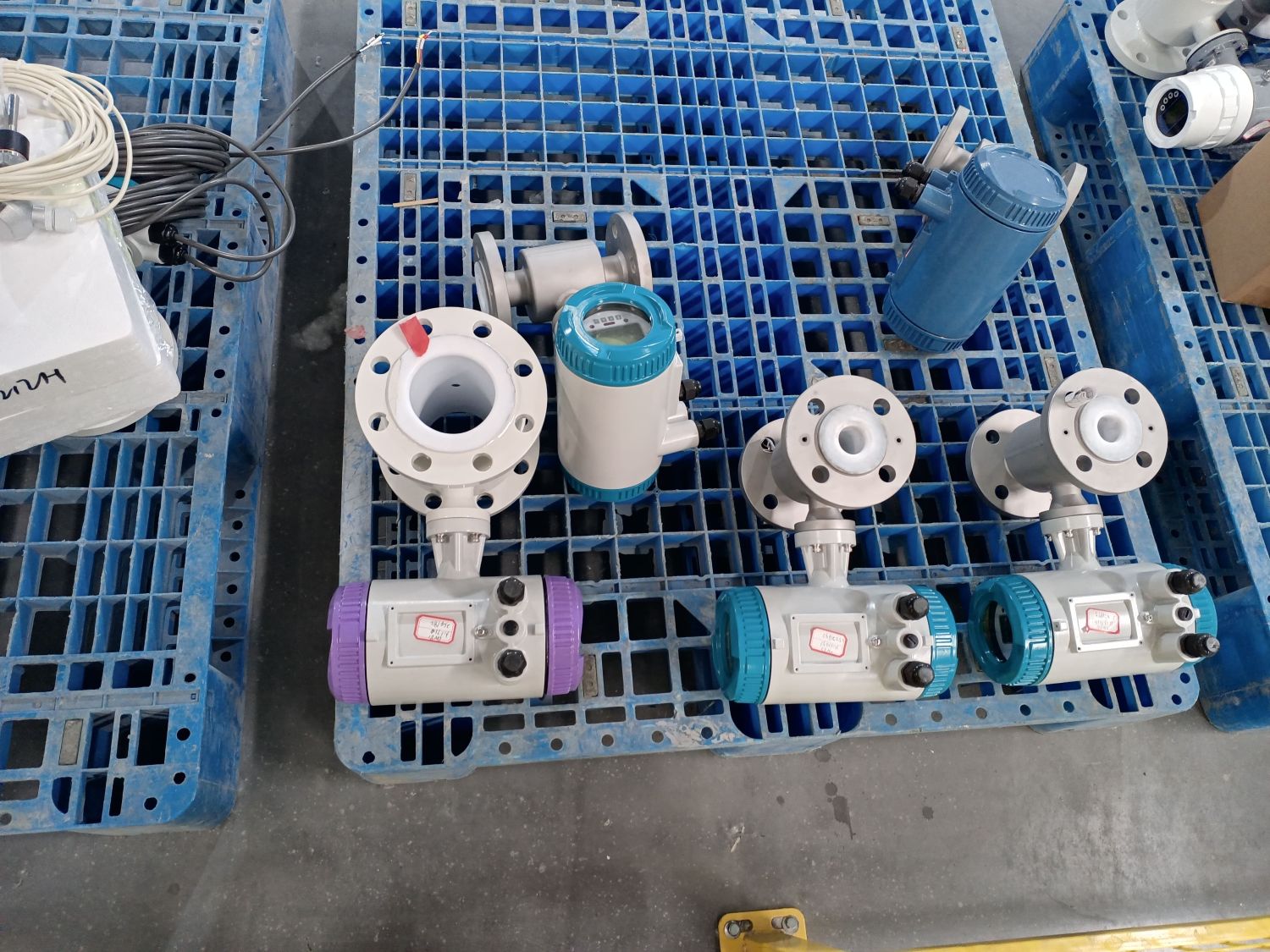
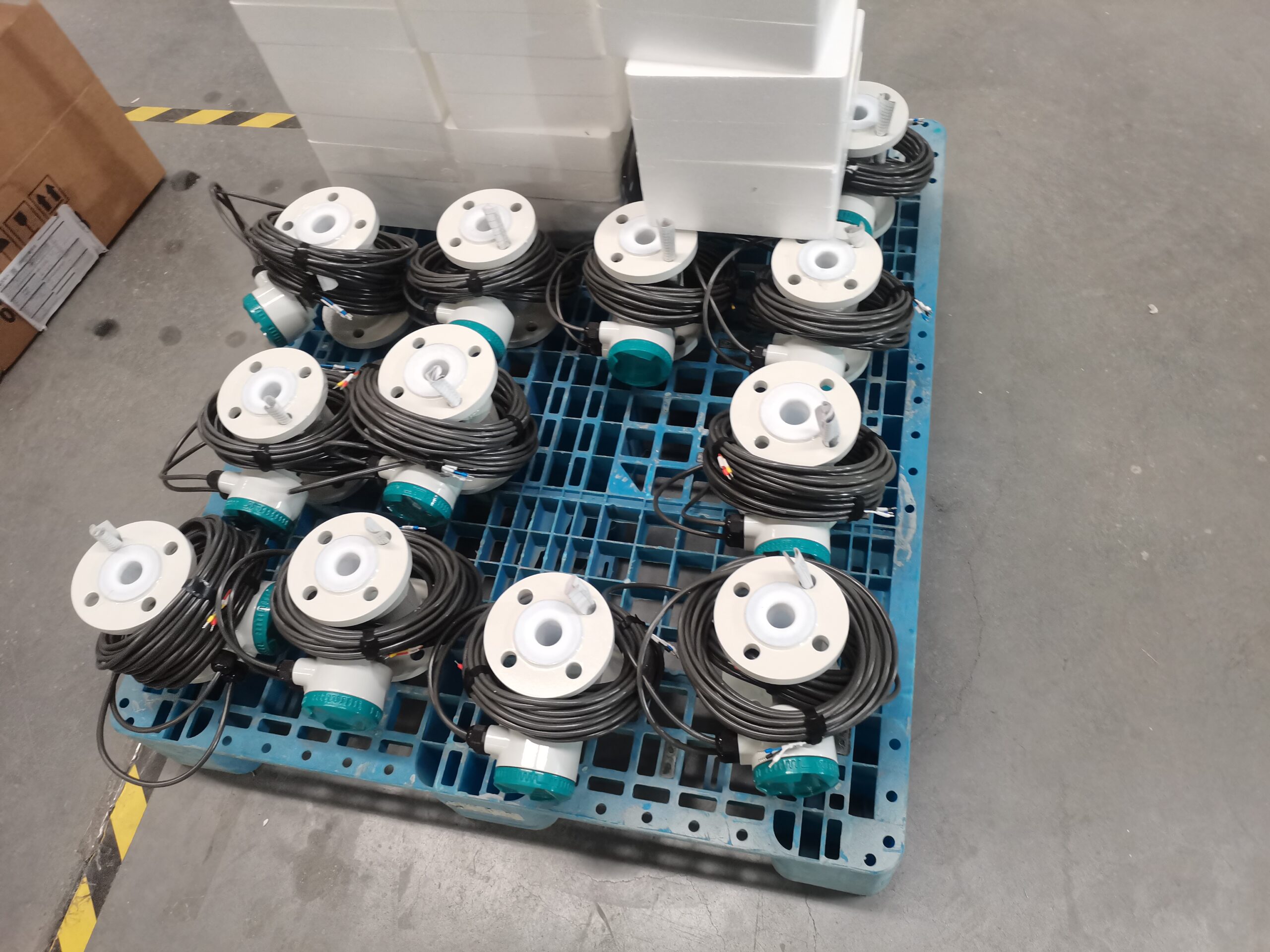
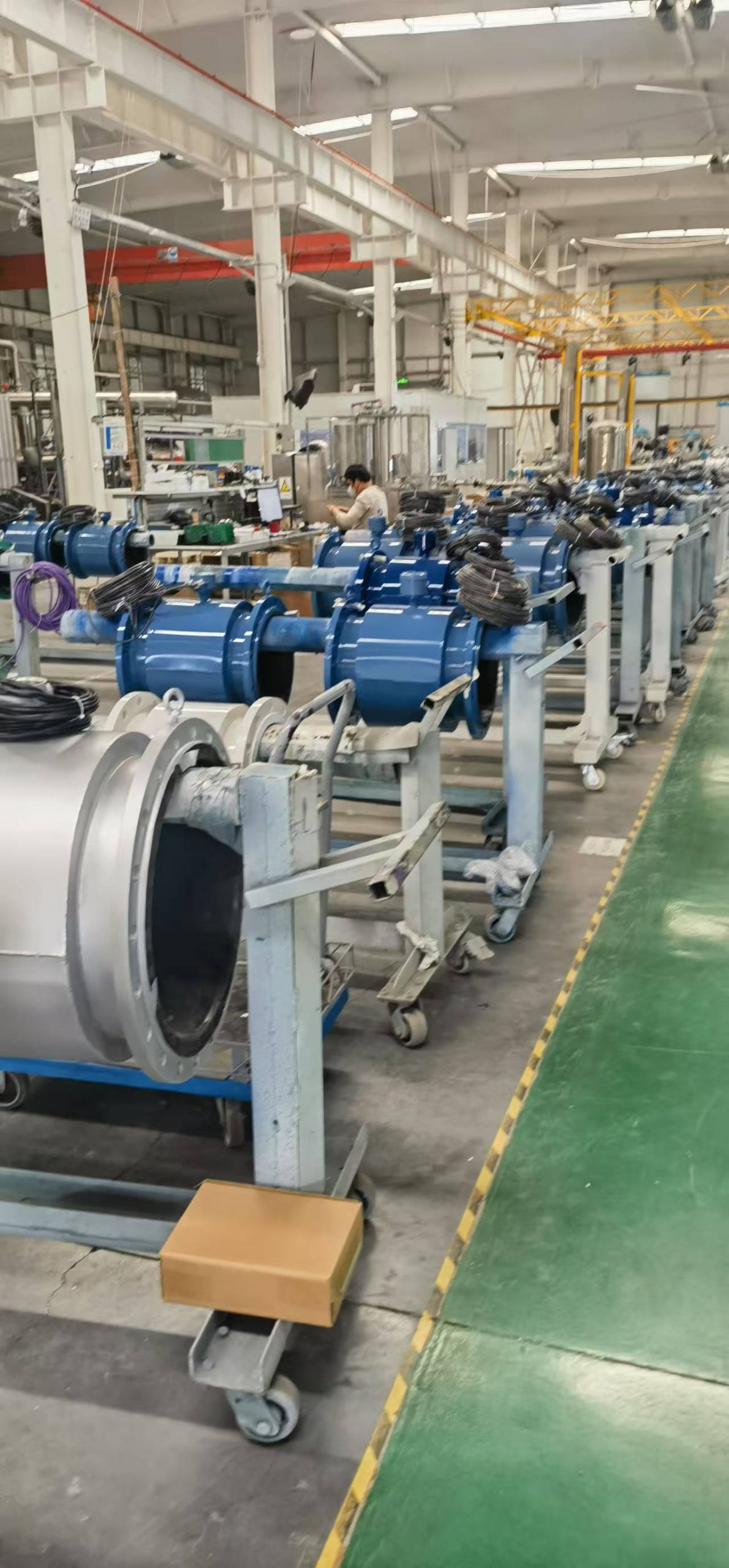
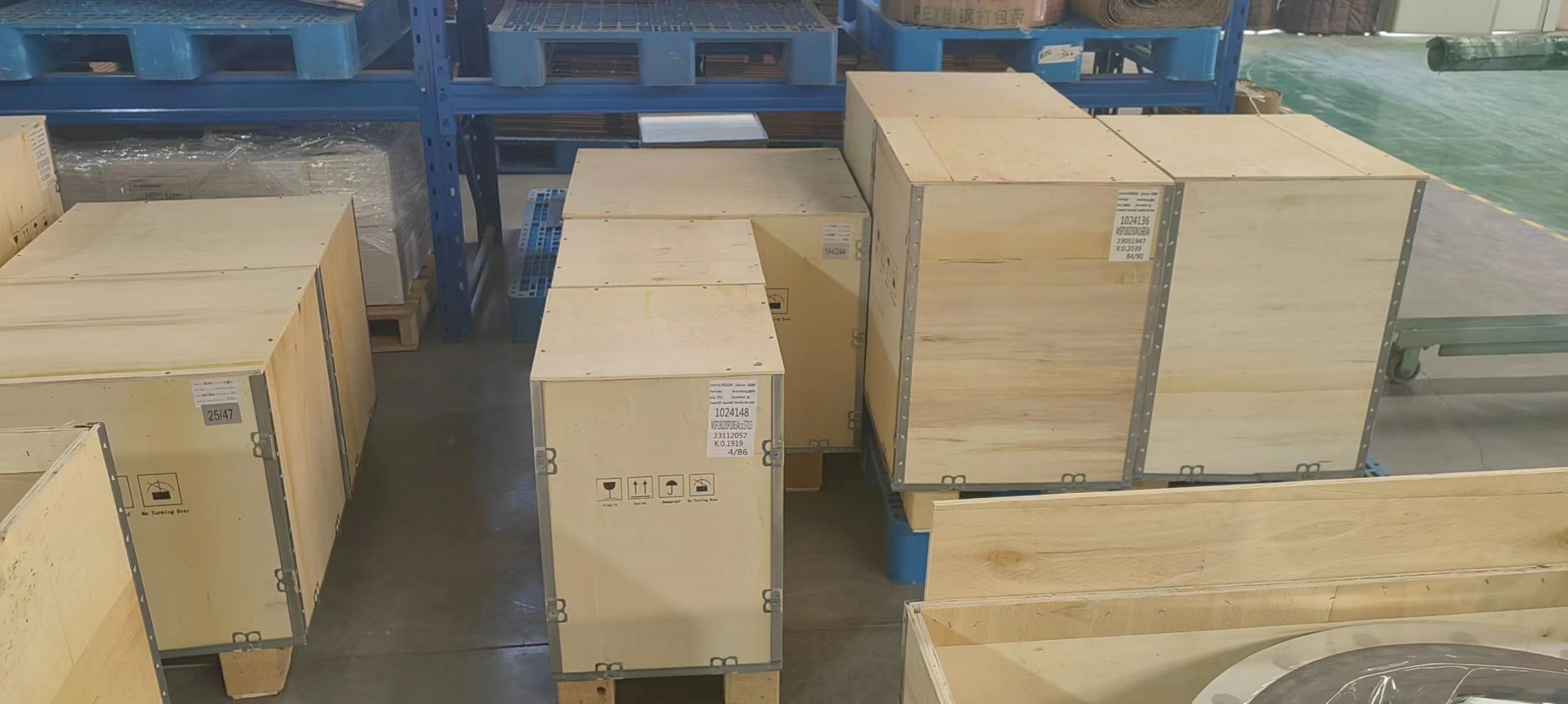

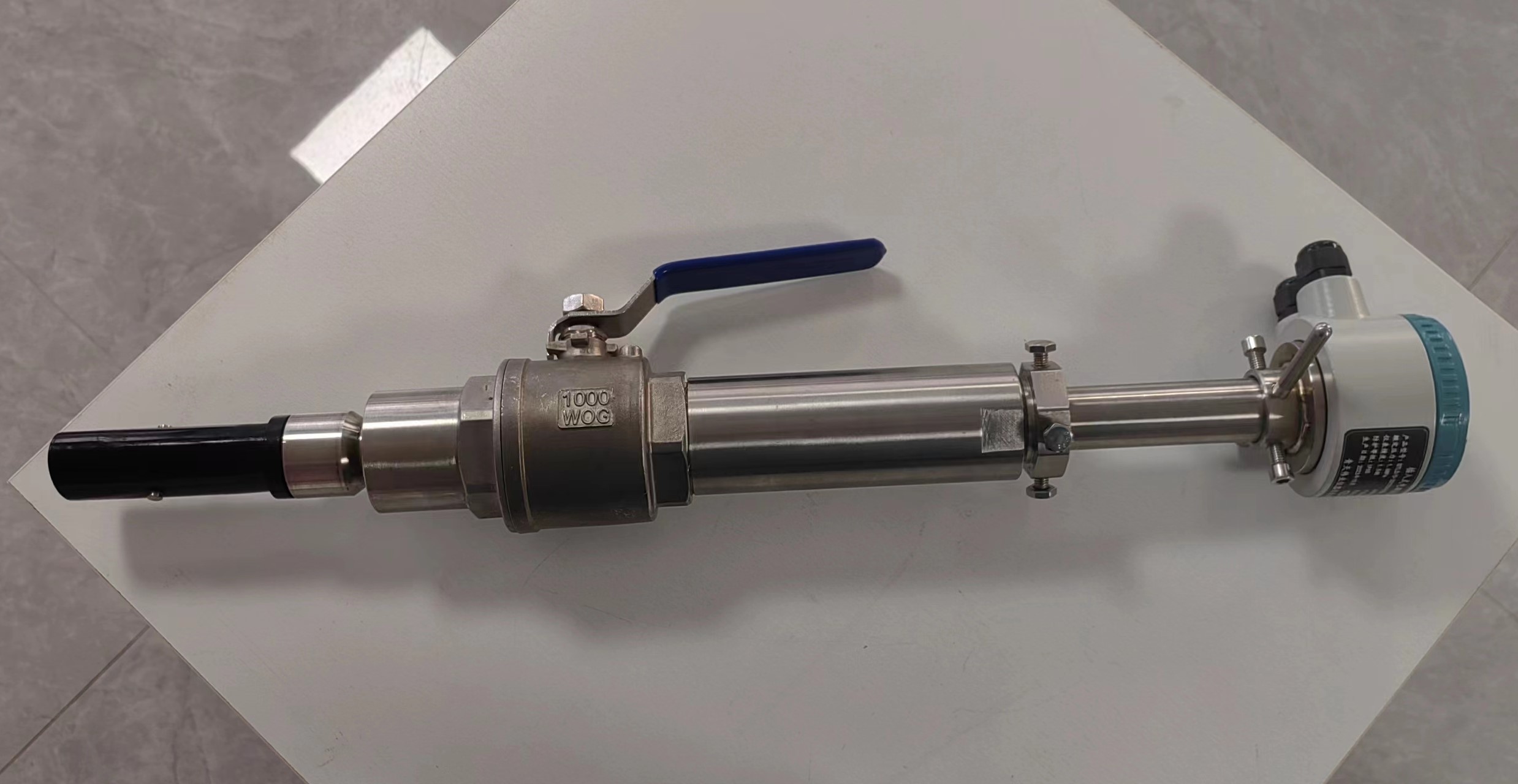
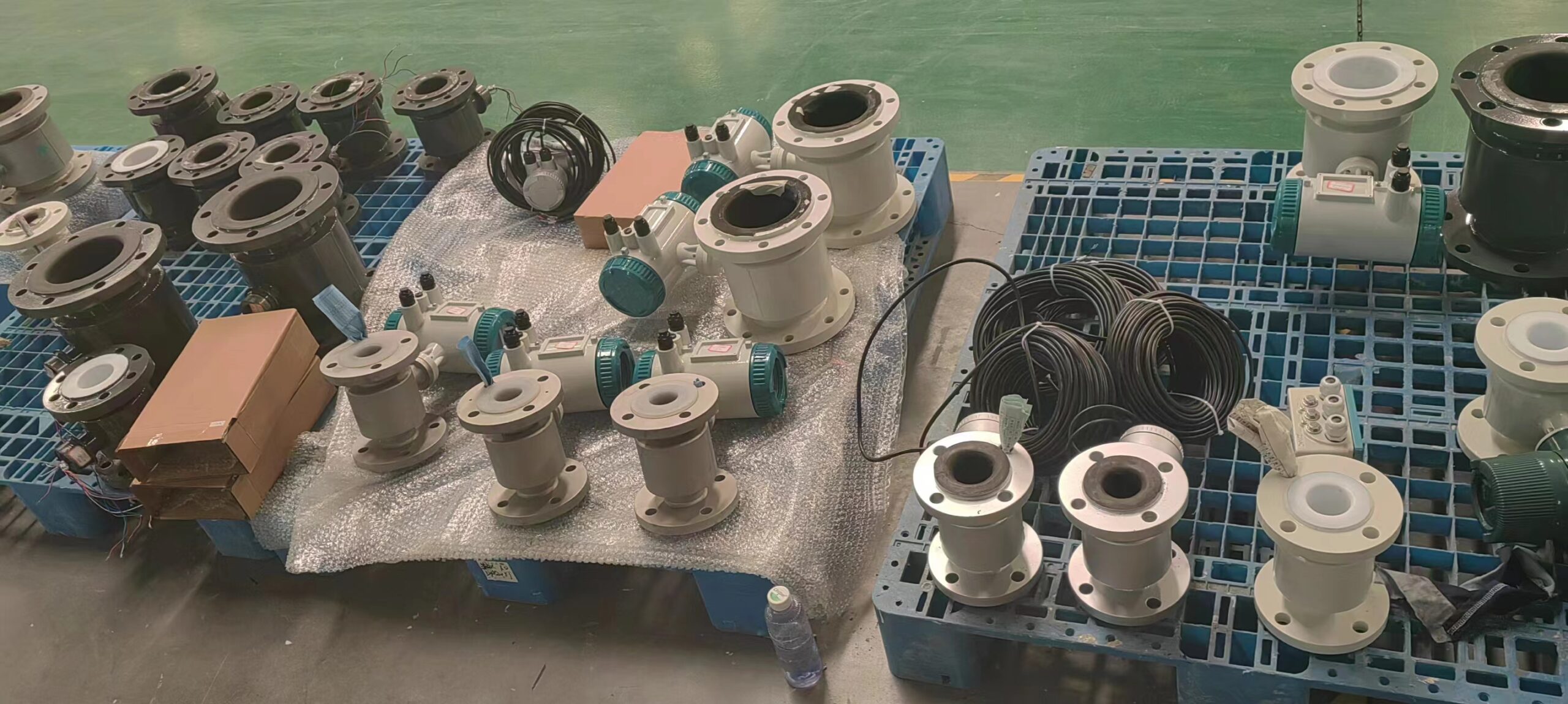
-.jpg)

